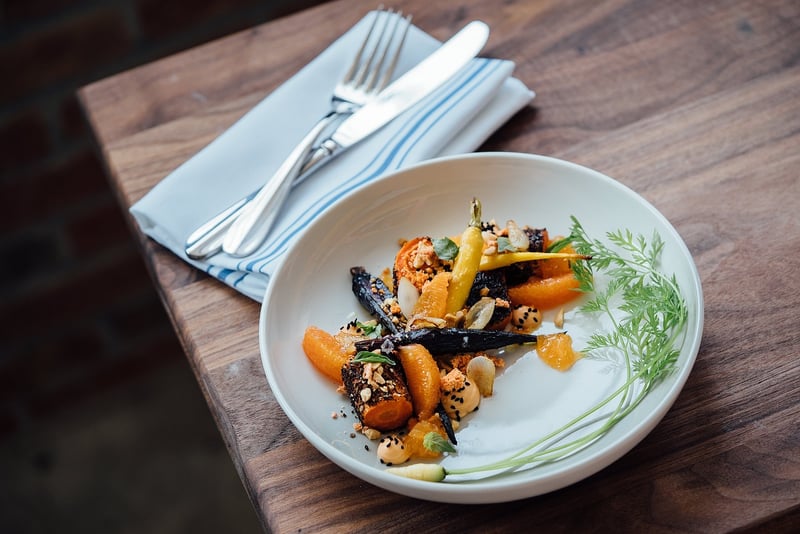Dining Etiquette
Exploring Culinary Traditions Around the World

Food is a universal language that transcends borders and brings people together. Each culture has its unique culinary traditions that tell a story of its history, geography, and people. Let's take a journey around the world to explore some fascinating global culinary traditions.
1. Italian Cuisine
Italian cuisine is renowned for its use of fresh ingredients and simple yet flavorful dishes. From pasta to pizza and gelato, Italian food reflects a passion for quality and tradition.
2. Japanese Cuisine
Japanese cuisine is an art form that focuses on balance, seasonality, and presentation. Sushi, ramen, and tempura are just a few examples of the diverse and delicious dishes that Japan has to offer.
3. Mexican Cuisine
Mexican cuisine is a vibrant fusion of flavors and colors. Tacos, tamales, and guacamole are staples of Mexican food that showcase the country's rich culinary heritage.
4. Indian Cuisine
Indian cuisine is a tapestry of spices and aromas that vary from region to region. From creamy curries to crispy dosas, Indian food is a celebration of diversity and complexity.
Dining Etiquette Around the World
When exploring global culinary traditions, it's essential to understand dining etiquette in different cultures. Here are some tips to keep in mind:
1. Japan
In Japan, it is polite to say "itadakimasu" before a meal to express gratitude. Slurping noodles is acceptable and indicates that you are enjoying the dish.
2. France
In France, keep your hands on the table during a meal and avoid placing them in your lap. It is also customary to wait for everyone to be served before starting to eat.
3. India
In India, it is common to eat with your hands, especially when enjoying dishes like curry and rice. Use your right hand for eating and your left hand for other purposes.
4. Mexico
In Mexico, it is polite to leave a small amount of food on your plate to indicate that you are satisfied. Also, never eat tacos with a fork and knife!
By immersing yourself in global culinary traditions and respecting dining etiquette, you can truly appreciate the richness and diversity of food cultures around the world.

